Your vital organs—screened
Scan your body for potential cancer and 500+ conditions in up to 13 organs.




Our scan is designed to















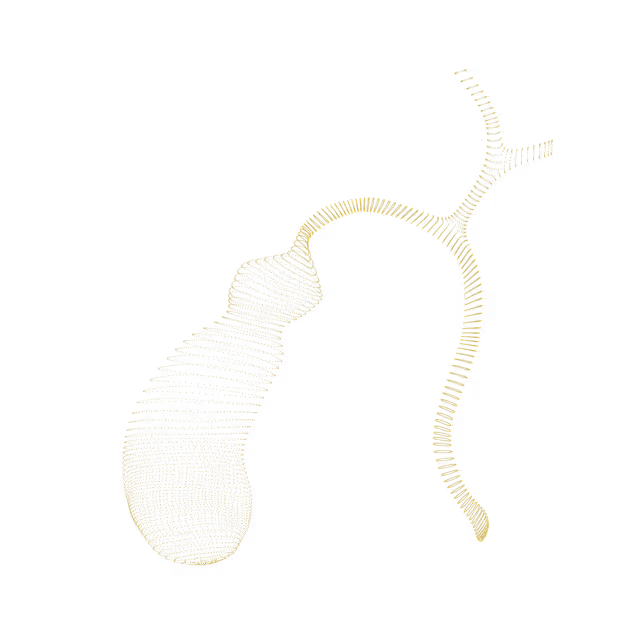
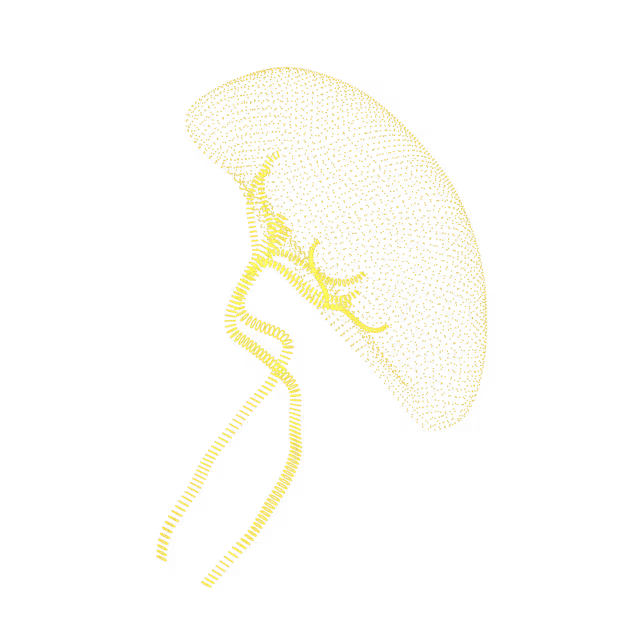

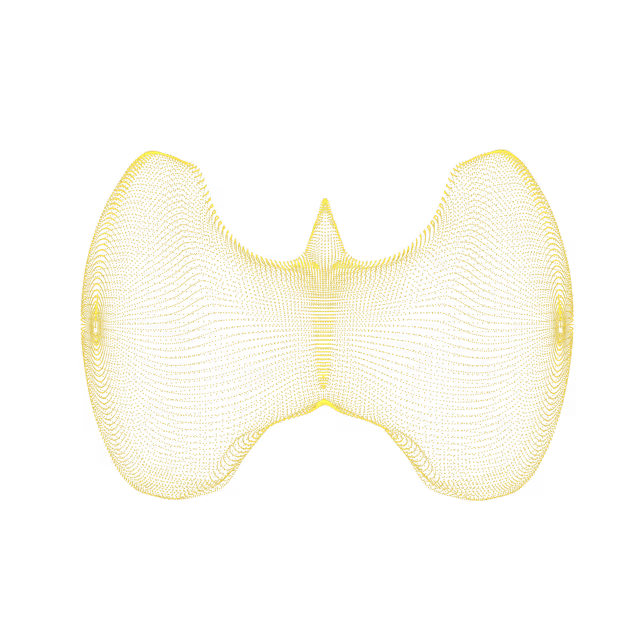

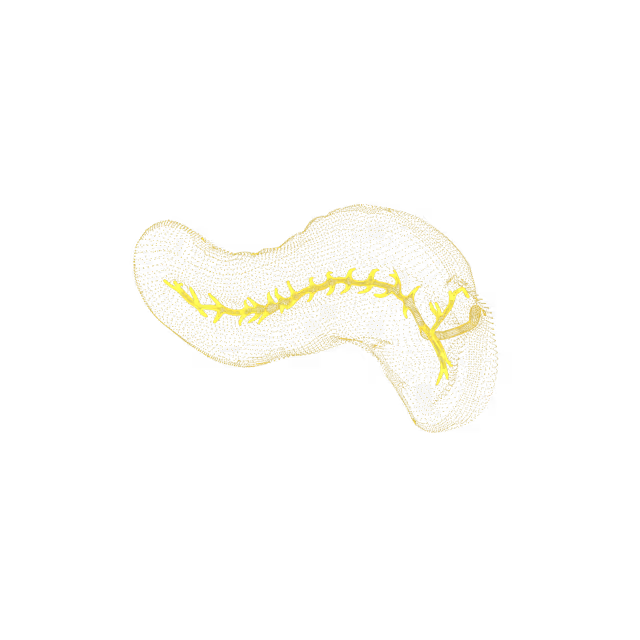
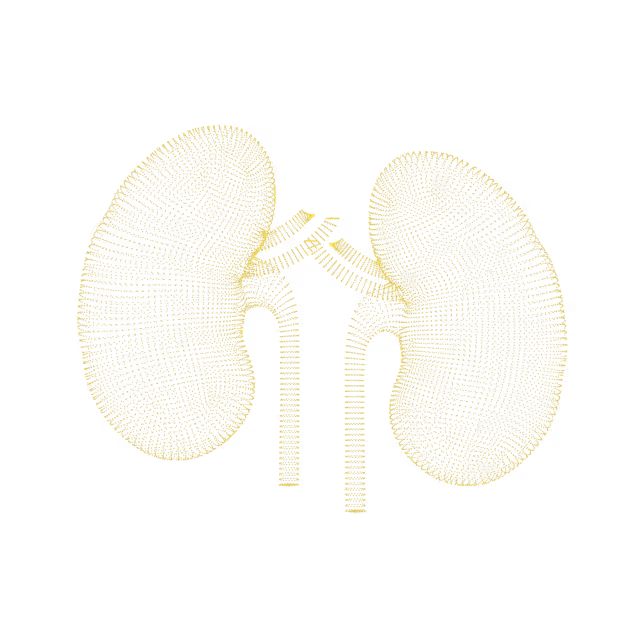
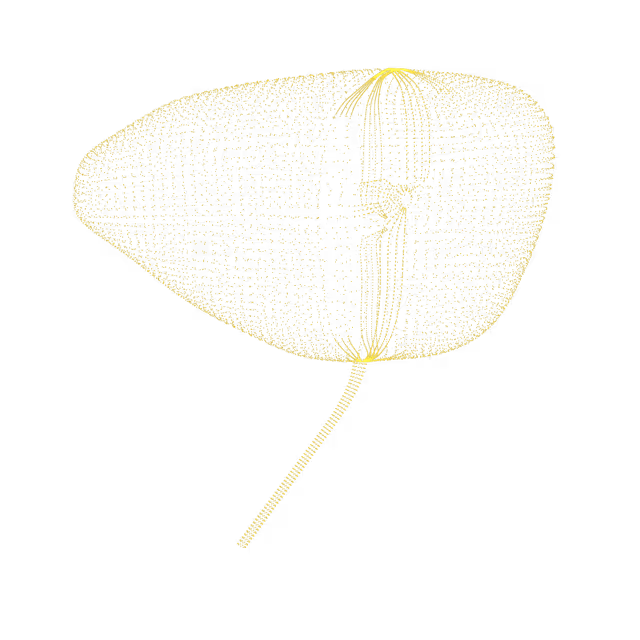
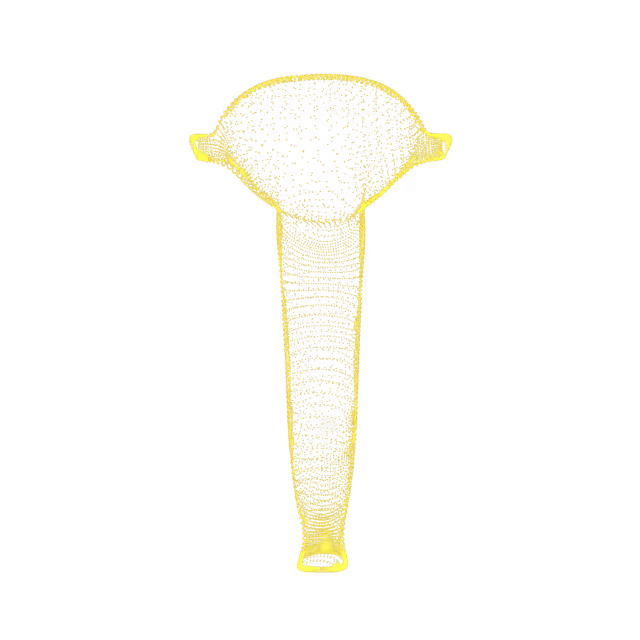
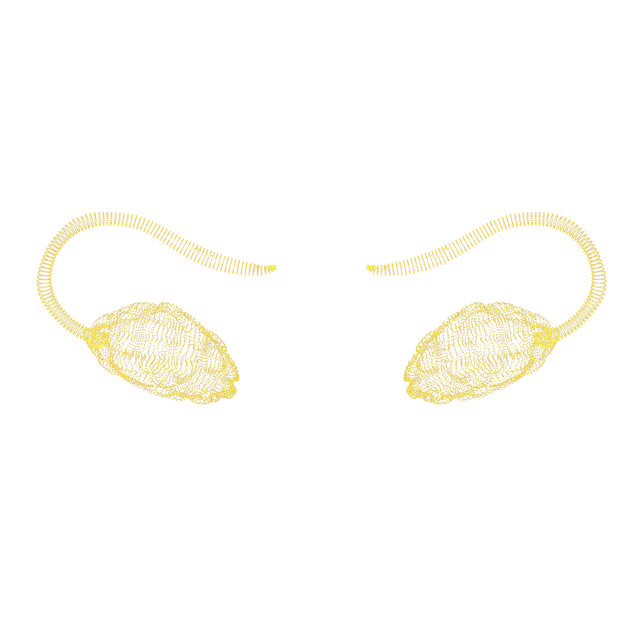
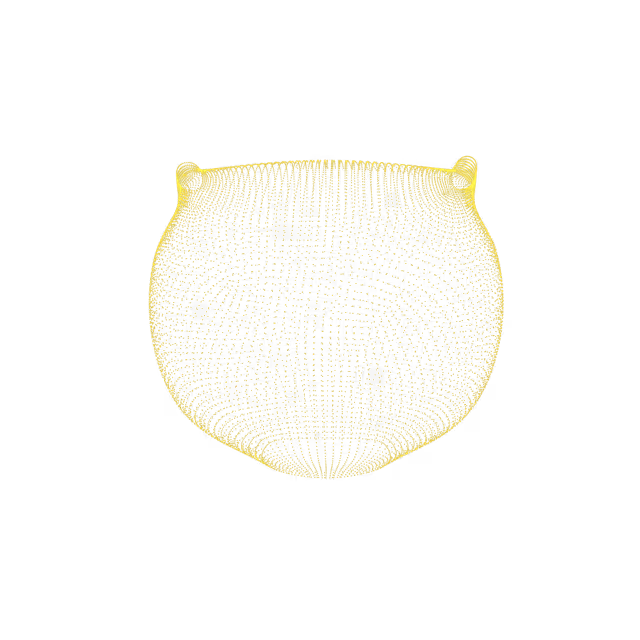

A hydrocele is a collection of fluid within the scrotum that directly surrounds the testes and the spermatic cord. Men can develop a hydrocele due to inflammation or from injury within the scrotum, which often resolves with treatment of the underlying condition. Treatment is only indicated in individuals who are symptomatic with pain, a pressure sensation or when the scrotal skin integrity is compromised from chronic irritation.
Prostatitis is inflammation of the prostate gland, most commonly caused by a bacterial infection. Typical symptoms of prostatitis include painful or difficult urination, pain in the groin, pelvic area or genitals, and sometimes fever and chills.
A varicocele, which is present in 15-20% of post-pubertal men, is an enlargement of the veins within the scrotum. A varicocele is similar to a varicose vein that occurs in the legs. Although, the exact cause of a varicocele is unknown, the theory is that increased pressure in the veins causes them to dilate, leading to a defect in the vein's valve and a backflow of blood to the testes. A varicocele may cause symptoms such as dull aching, usually left-sided scrotal pain, swelling or a decrease in size of the left testicle, and/or decreased fertility. Men 21 years or younger with a varicocele should be evaluated for decreased testicular size on physical examination. Younger males who are post-pubertal should additionally undergo a semen analysis. Further management depends on those results. Men older than 21 years of age who desire continued fertility should be monitored with a semen analysis every 2 years. Conservative management with scrotal support and nonsteroidal antiinflammatory drugs (NSAIDs) may suffice for an older man who has completed his family and presents with minor scrotal discomfort as his only symptom. Surgery, which is the preferred treatment option for varicoceles, may be considered if causing significant pain.
An abscess of the prostate is a collection of pus within the prostate gland that occurs as a result of prostatitis. An abscess is seen as a fluid filled collection within the prostat
The obturator internus (OI) is a hip muscle that originates deep within the pelvis and attaches to the head of the femur (the top of the thigh bone that inserts into your hip). Ganglion cysts are non-cancerous, fluid-filled lumps that can develop around joints and tendons in any part of the body, particularly the hand and wrist. Symptoms, if any, depend on the size and location of the cyst, and can include pain, numbness, tingling, weakness or trouble with joint movement.
Osteochondromas are benign (non-cancerous) tumors that develop on the surface of a bone near the growth plate during childhood or adolescence. Most often, osteochondromas affect the long bones in the pelvis, the leg, or the shoulder blade. There is a small lifetime risk of malignant (cancerous) transformation to chondrosarcoma, which occurs during adulthood and most commonly in individuals with hereditary multiple osteochondromas (about 5 percent of cases). Symptoms vary depending on the anatomic site, extent, and distribution of involvement, but can include pain and numbness. Most osteochondromas are asymptomatic (do not cause symptoms) unless a fracture is present or impending.
Paralabral and perilabral cysts are non-cancerous fluid-filled lesions that occur in the space between the labrum (a rim of soft tissue that cushions the hip socket) and the capsule of the hip joint. These types of cysts are often associated with a labral tear. Hip labral tears may occur as a result of trauma (e.g. car accidents), repetitive motions (e.g. sports injuries), structural abnormalities (e.g. hip dysplasia) and as part of the aging process (degenerative wear-and-tear). Individuals with this type of cyst may not have symptoms or may experience symptoms of groin/hip pain, a snapping sensation of the hip with movement, and/or sciatica (nerve pain in the leg that is caused by irritation or compression of the sciatic nerve). The treatment depends on the degree of symptoms and can include draining fluid from the cyst or surgical removal.
The hip is a ball and socket joint in which the head (ball) of the femur (the thigh bone) meets the pelvis (socket). In a CAM deformity of the hip, the head is not perfectly spherical (round shape) and does not fit well into the socket. Evidence suggests that CAM deformities are a developmental issue that occurs more commonly in adolescents involved in sports. If the femoral head is not shaped normally, the abnormal part of the femoral head can jam into the socket when the hip is bent (CAM impingement). Hip impingement is a major cause of osteoarthritis of the hip. Symptoms of CAM deformity and CAM impingement include pain in the groin after prolonged sitting or walking. Many athletes often describe pain in the groin with deep flexion or rotation of the hip during activity. Occasionally, a popping or clicking in the front of the hip is described. Pain may also radiate along the side of the thigh and in the buttocks.
Hip impingement, also known as femoroacetabular impingement (FAI), is a condition in which there is abnormal and wearing contact between the ball and socket of the hip joint. The result is increased friction during hip movements that may damage the joint.Symptoms include pain in the groin after prolonged sitting or walking. Many athletes often describe pain in the groin with deep flexion or rotation of the hip during activity. Occasionally, a popping or clicking in the front of the hip is described. Pain may also radiate along the side of the thigh and in the buttocks. It is important to rule out other causes of pain in this area which may originate in the low back or abdomen.
As an individual ages, it is common for the cartilage (thin tissue that covers bone surfaces providing smooth, friction-free movement) in the hip joint to wear down. Degenerative hip joint changes can cause symptoms such as pain, stiffness, swelling around the joint, tenderness, limited range of motion, or a sensation of catching or grinding in the joint with movement.


© 2025 Ezra